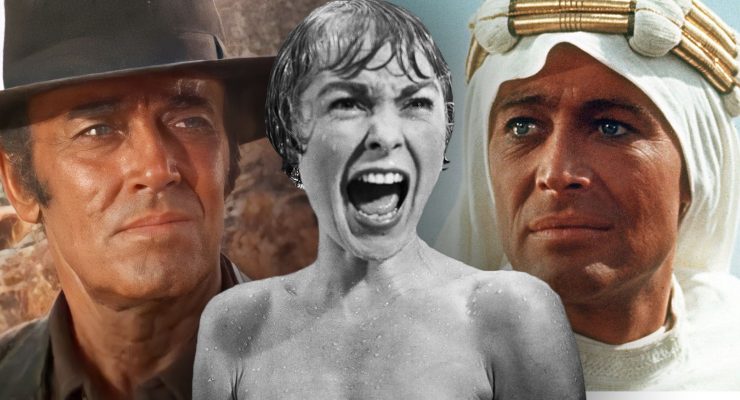Commenting on the Critics with Simon Columb…
Already a comment on critics, author Tom Shone (writer of the brilliant book Blockbuster: How the Jaws and Jedi Generation Turned Hollywood into a Boom-town) writes for The Guardian about the different approaches to film criticism highlighted in the past week:
“Hollywood needs policing on its weaknesses, not its strengths. And what is neglected in today’s film culture and could most do with lionization is the not the director’s art but the producer’s – that all-too-rare ability to corral together a loose, combustible, creative team required to draw the lightning strike of a great movie.”
Read the full article here.
Matt Zoller Seitz claims critics need to explain “where the camera goes” and crucially “why it goes there”, hinting at a more analytical, interpretive understanding of a film. Why does the camera float across space rather than cutting away in Gravity? Why does Steve McQueen hold still, as Chitewel Ejiofor balances precariously in the mud for an extended, uncomfortable amount of time in 12 Years a Slave? The sounds of his toes tapping on the mud beneath as the only sound we hear? This is opposed to Malcolm Thorndike Nicholson’s criticism that writers don’t often discuss “all those elements that a casual movie-goer is not likely to consciously register” such as lighting and sound. As you can see from above, Shone believes criticism is about holding filmmakers to account for their flaws. A meeting between producer, director and actor is the perfect storm that creates a high-quality film – a quality that is lacking in contemporary cinema.
In the first instance, these debates inspire and challenge. They provoke and take writers, and readers, back to the purpose of cinema-going and criticism itself. Cinema is a combination of various art forms while filmmakers are adept at capitalising on different skills to recreate or interpret a story. It is literature in the poetic and rap-like rhythm of dialogue in The Social Network or Glengarry Glen Ross. It is a painting on the wall – a visual feast of interpretation effortlessly shown in 2001: A Space Odyssey or Prometheus. Capture any frame from the entire film and pin it on the wall. It remains engaging and exciting. It is a biography or historical document, as Twenty Feet from Stardom or Captain Phillips draw attention to uncelebrated artists or reflect on our own sense of humanity.
By the same token, cinema can be interpreted and viewed with vastly different expectations. The age-old conflict as The Wolf of Wall Street is seen by one as a great film with sex, drugs and comedy – an escapist fantasy of excess viewers can experience for three hours. To others, it is a tragic story of the state of the capitalist world, highlighting the ever-growing divide between wealth and poverty. The same film but a different purpose for cinema.
Indeed, as criticism is considered by many as a dying art form in and of itself (and by extension, cinema itself could be dying) we need to expect better from our filmmakers. We need to respond to the concerns and issues that arise at the moment and what it says about us as viewer; as people of the world. As cinema is diverse, critics are too – but the reputation of film is at stake. As ardent film-goers and passionate appreciators of the arts, criticism needs to be a show of support – defining why The Act of Killing is a film every politician in the western world should watch. Criticism should be a deconstruction of Hollywood’s hidden agenda, a take-down of corrupted-attitudes towards gender, race and sexuality as dictated by blockbusters and family films. Film-goers are often unaware of these trends too. Critics are not merely placing an overview of techniques onto a page; they can use their vast knowledge of cinema to say what it says about us – and what it may say about the future…










